Yin and Yang
The concept of yin and yang became popular in the 3rd century BC. A school of naturalists and philosophers conceptualised the notion of yin and yang and the Five Element Theory. The school was known as 'The School of Naturalists' or the 'School of Yin-Yang'. According to the Yin Yang principle, all life on earth went through five phases (wuxing) - fire, water, metal, wood, earth - which continuously interchanged with each other. (Further reading: go to School of Naturalists)
In Chinese mythology, Yin and Yang were born from chaos when the universe was first created and they are believed to exist in harmony at the centre of the Earth. During the creation, their achievement of balance in the cosmic egg allowed for the birth of Pangu (or P’an ku), the first human. Further reading can be found at Ancient History website.
Yin energy is denoted by the black part of the circle, while yang energy is denoted by the white part of the circle. Here are some examples of yin-yang pairings. Yin is the first mentioned.
Female/Male
Moon/Sun
Negative/Positive
Dark/Light
Passive/Active
Water/Fire
Cold/Heat
Below/Above
Earth/Heaven
Recessive/Assertive
Autumn/Spring
Winter/Summer
The opposing forces of yin and yang are at work in all aspects of our lives. There is no 'best' energy. Too much of yin, or too much of yang would bring imbalance to our lives. Yin and Yang are constantly interchanging, and are reliant on each other to maintain balance and harmony. They should be seen as complementary forces, rather than opposing forces. This balance is symbolised by the black dot within the white, and the white dot within the black. There is some yang within yin, and some yin within yang.
Yin and yang feature in Chinese Medicine, with the limbs and anterior and posterior muscles having yin and yang characteristics. In the human body, the skin is yang relative to the internal organs. The head is yang relative to the feet. And the tops of the feet are yang relative to the soles of the feet, which are yin. The back of the body is yang, while the front is yin. And, breaking down the body parts even further, the upper back is yang, while the lower back is yin. The chest is yang and the abdomen is yin. As you can see, yin and yang are comparative terms and cannot be seen in isolation. Blue Fire Healing Arts has more information on the yin-yang structure of the human body.



